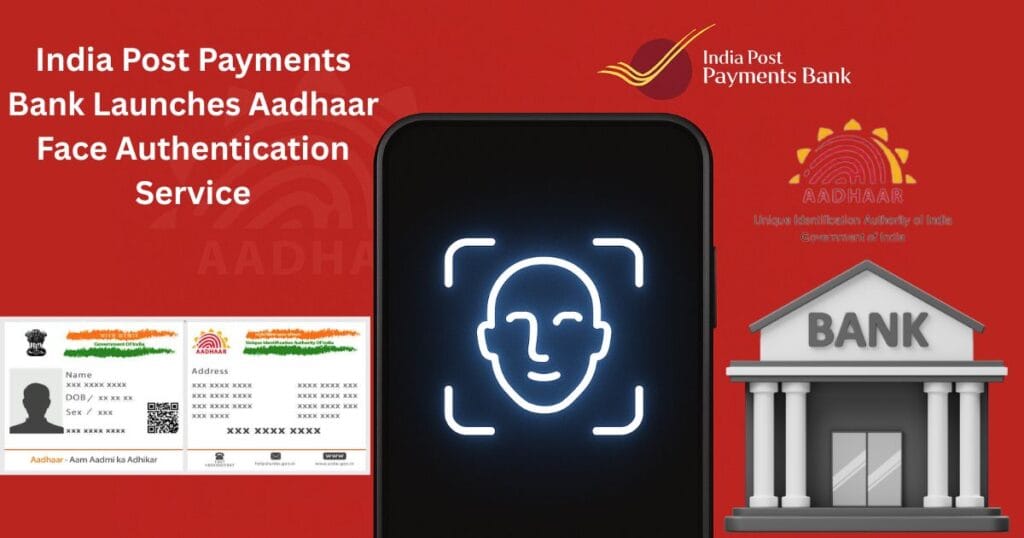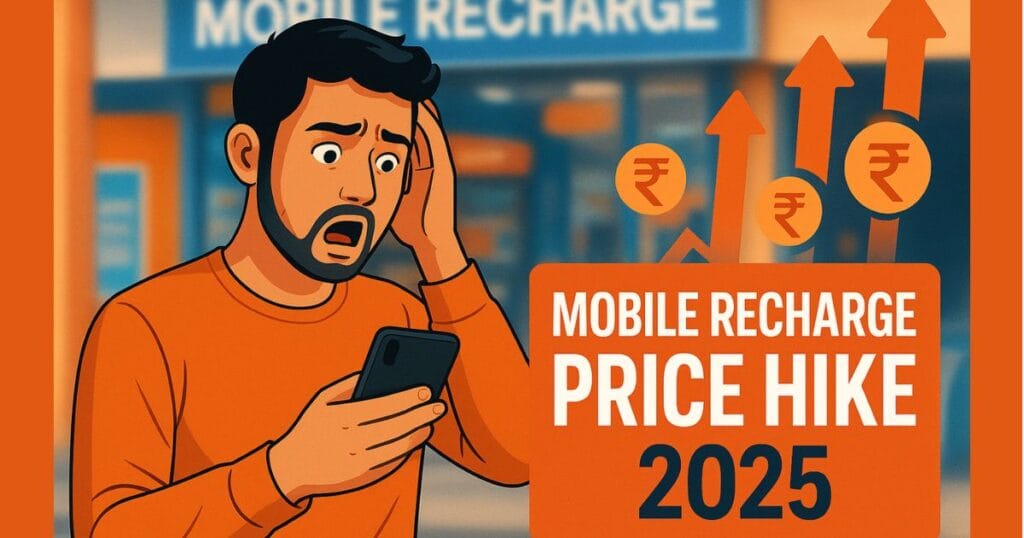In a major step towards making banking services simpler and more accessible for everyone in India, India Post Payments Bank (IPPB) has rolled out the Aadhaar-based Face Authentication facility. This means customers can now authenticate themselves and carry out transactions simply by showing their face to a camera.

This service is a boon for people who face difficulties with OTPs (One Time Passwords) or fingerprint authentication – such as senior citizens, people in rural areas with poor network coverage, or individuals whose fingerprints have worn out over time.
What is IPPB?
India Post Payments Bank operates under the Department of Posts and aims to provide banking services to every Indian. Its strength lies in its vast network of over 1.5 lakh post offices across the country. IPPB has been playing a key role in extending digital banking services to rural and remote areas.
India Post: Merger of Registered Post into Speed Post, you should also know about the change happening in September 2025
Aadhaar-based Face Authentication – Explained in simple words
Face authentication means scanning your face with a camera and matching it with the photo stored in the UIDAI (the authority that issues Aadhaar) database. If both images match, your identity is confirmed, and the transaction is approved.
How does it work?
- The customer provides their Aadhaar number and gives permission (consent) for face authentication.
- The device or smartphone camera captures a live photo of the customer.
- This photo is matched with the Aadhaar photo stored in UIDAI’s database.
- Once it matches, the transaction is completed.
In simple terms: It’s like unlocking your smartphone with facial recognition, but here it’s linked to your Aadhaar.
Who will benefit the most?
- Senior citizens and differently-abled people: Those whose fingerprints are difficult to capture.
- Customers in rural areas: Where OTP delivery is often delayed due to poor mobile network.
- Working-class individuals: Such as farmers, labourers, or chefs, whose hands may be dirty, greasy, or worn from work.
- Digitally less literate people: Who find OTPs or PINs difficult to understand or remember.
Key benefits of this facility
- Contactless Banking – No need to touch any device for identity verification.
- Faster and easier – Quicker than entering an OTP or scanning fingerprints.
- Accessible to all – Not dependent on fingerprint quality.
- Secure – UIDAI’s liveness detection technology ensures that fake photos or videos cannot be used.
Security and Privacy – Is this method safe?
Face authentication is entirely consent-based – it cannot be carried out without the customer’s approval.
Key security features include:
- Liveness Detection: Detects whether the person in front of the camera is real, not a photo or video.
- Strict Data Security Rules: Both UIDAI and IPPB follow strict guidelines for storing and handling biometric data.
- Official Devices Only: Transactions should only be carried out using IPPB’s official app or authorised devices.
How to use it (Step-by-step guide)
- Open the IPPB mobile app or visit your nearest post office.
- Enter your Aadhaar number and choose the Face Authentication option.
- Sit in front of the camera with good lighting.
- The camera will capture your face and match it with the UIDAI database.
- Once matched, your transaction will be successfully processed.
Helpful tips:
- Keep your camera lens clean and ensure proper lighting.
- Avoid public Wi-Fi when doing sensitive transactions.
- Keep your device software updated.
READ Official Ministry of Communications (PIB) on IPPB Update
Where can it be used?
- Cash withdrawals
- Balance enquiries
- Mini statements
- Other Aadhaar Enabled Payment System (AEPS) services
Note: For large or high-risk transactions, the bank may ask for additional verification such as a PIN or OTP.
Rollout and coverage
IPPB has started implementing this nationwide, but the service might take some time to be available in all locations. Always check in the IPPB app or ask at your nearest post office to confirm whether it is active in your area.
Impact of this change
This step will strengthen the goal of financial inclusion – ensuring that banking services reach everyone, especially in areas where digital banking has been limited. Face authentication can make banking faster, simpler, and safer for millions of people.
How will face authentication help me in daily banking?
With this new feature, you don’t need to remember passwords, carry cards, or wait for OTPs. You can simply use your face to verify your identity for transactions, making the process quicker and easier—especially for senior citizens and people living in remote areas.
Is face authentication safe for my personal data?
Yes. Your face data is matched with your Aadhaar records through UIDAI’s secure system. Neither IPPB nor the post office stores your image permanently. This ensures your privacy is protected while giving you a smooth banking experience.
Can I still use my old methods for transactions?
Absolutely. Face authentication is an added convenience, not a replacement for existing methods. If you prefer using OTP, PIN, or biometric fingerprint, you can continue using them as before.
Conclusion
IPPB’s Aadhaar Face Authentication is not just a tech upgrade – it’s a step towards making banking services easier and more accessible for millions of people. It has the potential to save time, reduce errors, and improve banking security, especially for those in rural or remote areas.
If you are an IPPB customer, check the IPPB app or visit your nearest post office to see if the service is available for you.


